Fire Protection System: Unveiling 9 Vital Components

When fire protection is mentioned, we may imagine automatic sprinklers and fire alarms. However, these are only two of many systems that protect buildings and their occupants. For example, accumulated smoke can cause asphyxiation, and it must also be controlled with extractor fans. Buildings must also include measures to help firefighters since there are cases in which fire cannot be controlled with sprinklers alone.
This article provides an overview of the main components used in fire protection systems, indicating the NYC Building Code sections with the corresponding requirements. Keep in mind that this is only an informative guide, not to be used instead of building codes when designing an actual fire protection system.
Components Used in Fire Protection Systems:
Automatic Fire Sprinklers
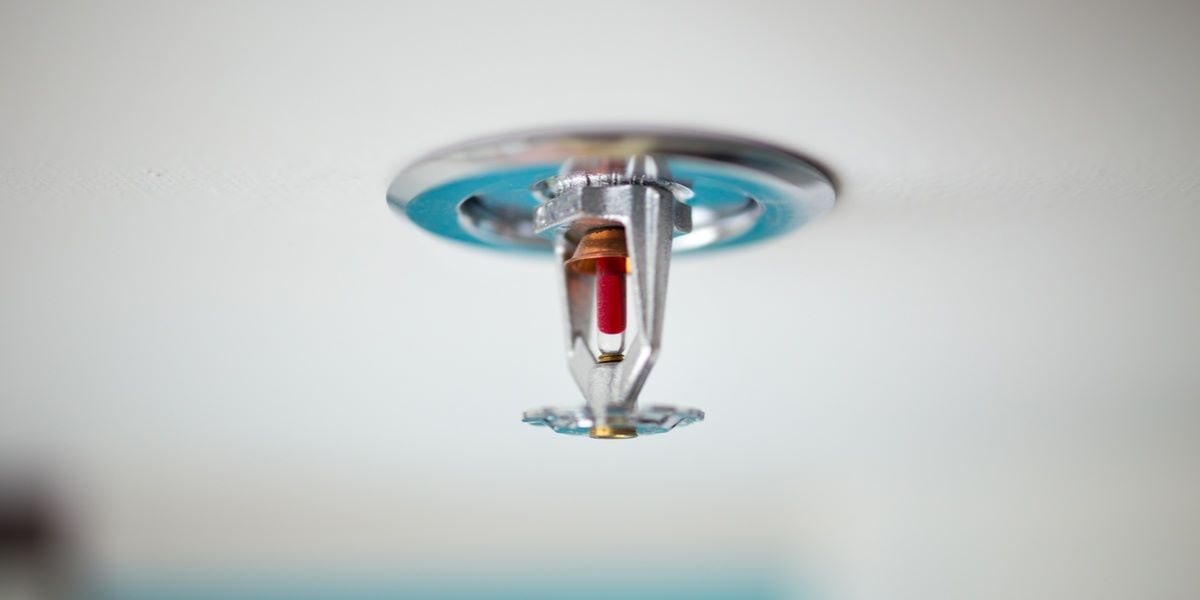
Code Section: BC903
As implied by their name, automatic sprinklers respond to fire without human intervention. Movies and TV series have spread some wrong ideas about fire sprinklers; for example, there is a belief that sprinklers shower indoor spaces with the slightest sign of smoke. In reality, fire sprinklers operate one by one in response to heat, and in many cases, one sprinkler is enough to stop the fire.
- An automatic sprinkler system for a large building can have a significant cost, but repairing the damage of an uncontrolled fire is much more expensive.
- Also, occupants may suffer disabling injuries or even lose their lives during a major fire.
The NYC Trump Tower fire in April 2018 could have been mitigated or prevented with automatic sprinklers. However, they are only required in new residential towers, or existing towers that undergo a major renovation. Local Law 26 of 2004 made fire sprinklers mandatory for existing office buildings (at least 100 ft tall) since July 1, 2019. However, there is no equivalent law for residential towers.
There are special cases where discharging water is hazardous, and other fire-extinguishing substances are used instead (BC 904). Some examples are foam, carbon dioxide, and halon.
Standpipes
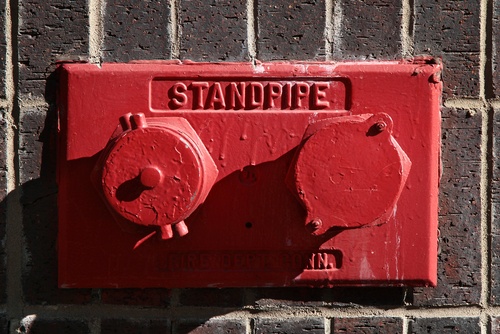
Code Section: BC905
A standpipe is a piping system that delivers water from a main source to hose connections in key locations throughout a building. These connections are used by firefighters, and the NYC Building Code covers five possible standpipe configurations:
- Automatic dry
- Automatic wet
- Manual dry
- Manual wet
- Semi-automatic dry
Dry standpipes are normally filled with pressurized air, and water enters the system when needed; on the other hand, wet standpipes are permanently filled with water. Automatic systems establish the required flow by themselves, while manual systems rely on an FDNY pumper truck. Semi-automatic systems need a remote signal to activate but can establish the required flow by themselves once this happens.
Get a professional fire protection design for your next construction project.
Fire Alarm Systems
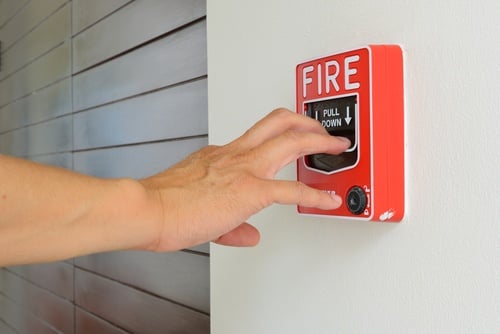
Code Section: BC907
A fire alarm system monitors the building for the presence of fire, producing audible and visual signals if fire is detected. A control unit receives inputs from all fire detection devices, automatic or manual, activating the corresponding notification systems. In addition, fire alarms can be used to initiate adequate response measures when fire is detected.
It is important to note that fire alarm requirements change significantly depending on the occupancy classification of the building. Following the right set of requirements is the first step for a fire alarm design that meets the code.
Fire alarms must not be confused with emergency alarms (BC 908), which are used to signal dangerous conditions that involve hazardous materials.
Smoke Control Systems
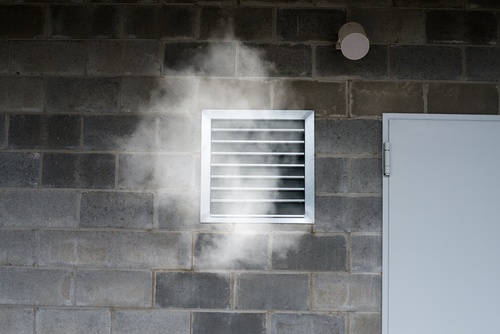
Code Section: BC909
Humans avoid fire by instinct, but the hazards associated with smoke are not common knowledge. In addition to limiting visibility, smoke can cause poisoning if large enough amounts are inhaled. Therefore, a fire protection system must also handle smoke effectively, preventing its accumulation and removing it from the building.
Note that smoke movement is driven by pressure and temperature: you will not see smoke flowing from a lower-pressure area to a higher-pressure area, and it tends to rise along with hot air.
One of the most important requirements for a smoke control system is keeping elevator shafts and staircases clear. These areas are used to evacuate the building, and smoke accumulation can make escaping more difficult for occupants.
Smoke and heat vents are covered in a dedicated code section (BC 910).
Fire Command Center
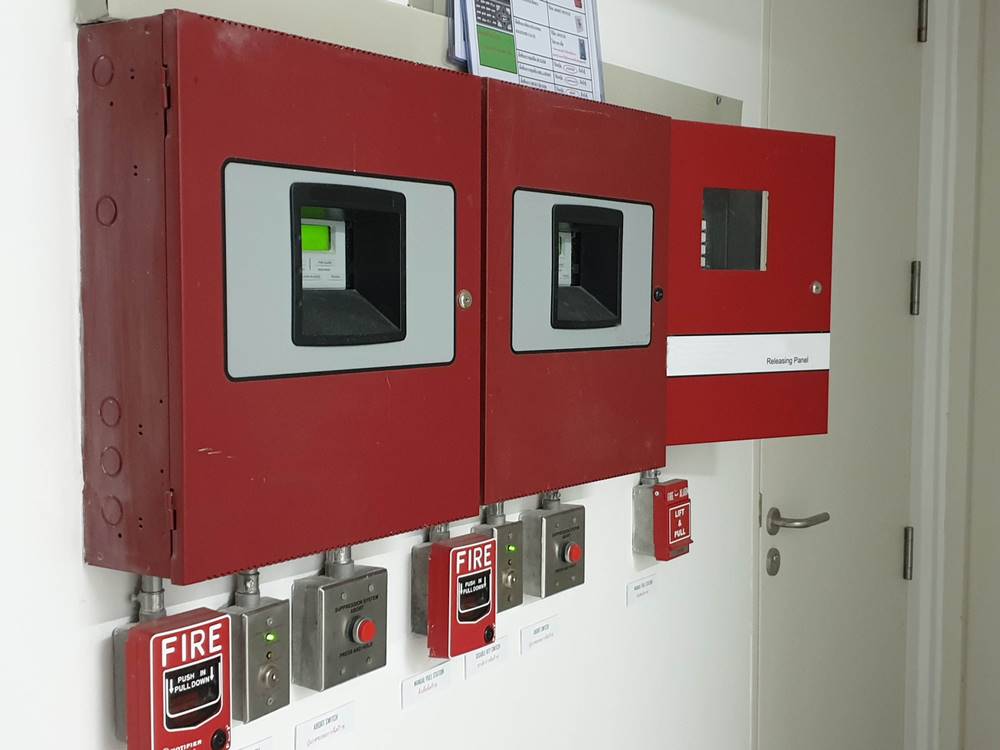
Code Section: BC911
A fire command center is required by code in many occupancies, including high-rise buildings. The fire command center is a centralized location that displays the status of various fire protection systems - detection devices, alarms, communication systems, etc. The command center also provides manual controls for many of these systems.
The fire command center must be accessible. The NYC Building Code requires it to be installed in the lobby of buildings, on the main entrance floor, and near the FDNY designated response point.
Fire Department Connections
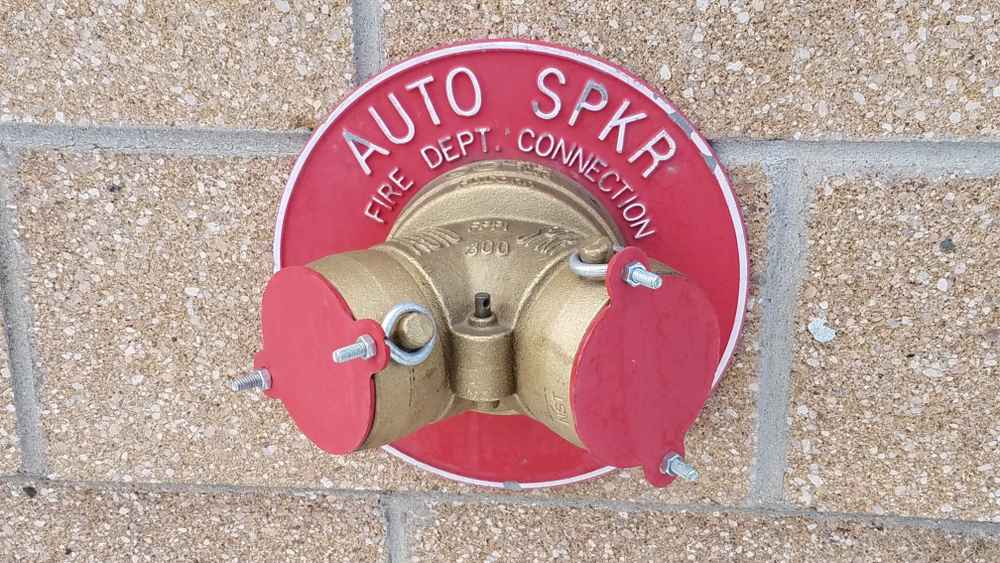
Code Section: BC912
As implied by their name, fire department connections are used by the FDNY for hoses and pumping equipment.
- They must be located where they don’t obstruct firefighting operations while providing optimal coverage.
- The code requires at least one connection for every 300 feet of exterior wall length.
- Exceptions and special cases are also covered by the code.
Fire Pumps
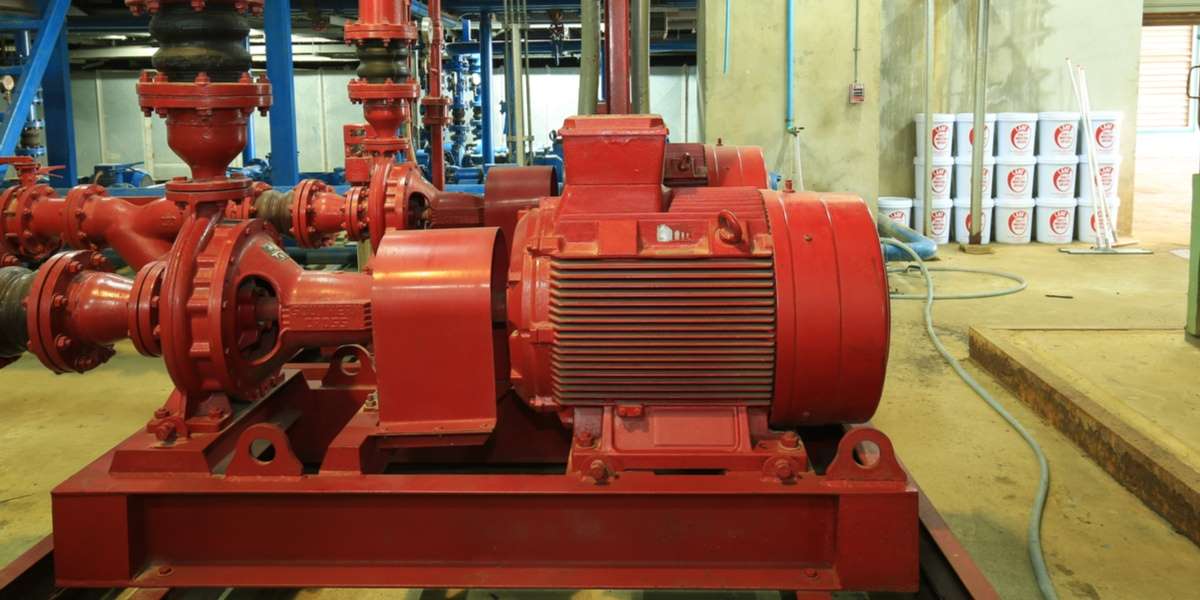
Code Section: BC913
As you might guess from their name, fire pumps are used to establish a reliable water supply for fire protection systems. If a fire pump has the sole purpose of supplying water for an automatic sprinkler system, it is considered a sprinkler booster pump.
Note that fire pumps are normally powered by electricity. NYC codes provide a list of requirements for the backup power systems for fire pumps, ensuring their operation even if the electric service is interrupted.
Fire pumps are expensive, but they are not mandatory for all fire protection systems. With smart design decisions, it may be possible to avoid their use completely while still having a reliable and code-compliant system.
Post-Fire Smoke Purge

Code Section: BC916
As previously stated, smoke hinders visibility and is extremely dangerous when inhaled. Clearing the smoke in a building is important to resume operation as soon as possible once a fire is extinguished. This is precisely what post-fire smoke purge systems do - eliminating smoke quickly after a fire.
Since post-fire smoke purge systems operate after a fire, they are not classified as life safety systems. However, they are mandatory in all occupancy groups indicated by the fire protection code.
Auxiliary Radio Communication System (ARCS)
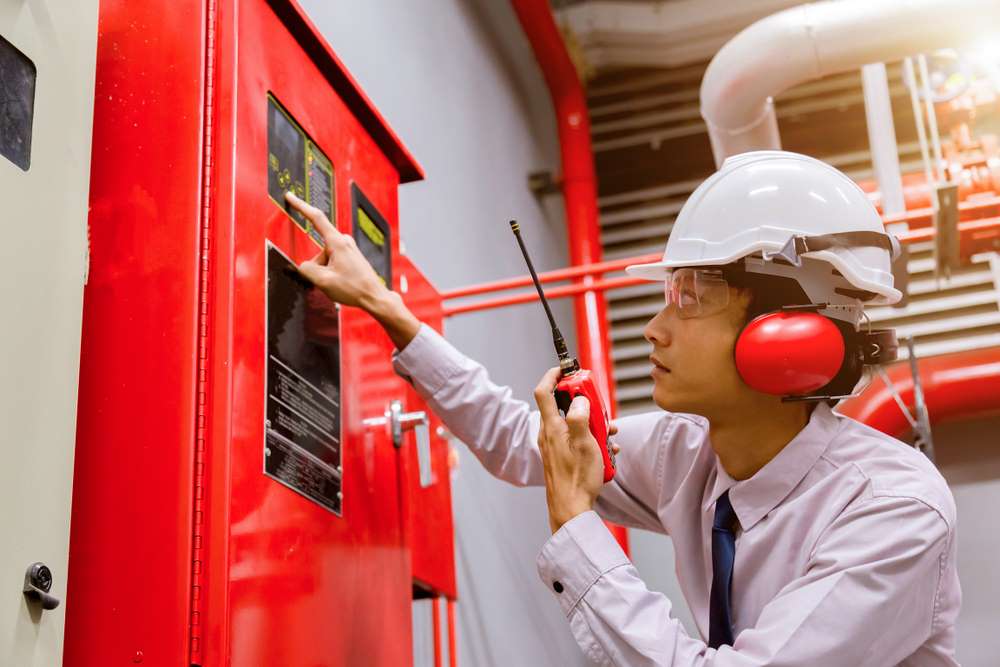
Code Section: BC917
An ARCS is a communication system used by firefighters, which meets the following conditions:
- Wireless
- Bidirectional
- Exclusive radio frequencies for the FDNY, to prevent interference
- Independent from the electrical and communication systems in the building
An ARCS is mandatory in all new commercial constructions exceeding 75 feet, and new residential constructions exceeding 125 feet. It must provide optimal building coverage, providing a reliable communication system for firefighters anywhere inside the building.
Conclusion
Fire protection requirements in NYC are very demanding, and the associated equipment is expensive. However, you can optimize cost while ensuring code compliance by working with qualified design professionals from the design phase. Lower costs do not necessarily mean reduced fire protection.
Fire protection systems are critical for building safety and are subject to stringent codes. NY Engineers offers 80% first-time approval, and you can write at info@ny-engineers.com or call.

Anuj Srivastava
Anuj Srivastava is a principal partner at NY Engineers. He is known for his MEP franchise market knowledge. Anuj is currently leading a team of 100+ MEP/FP engineers and has successfully led over 1500 franchise projects in the US.
Related Posts
Join 15,000+ Fellow Architects and Contractors
Get expert engineering tips straight to your inbox. Subscribe to the NY Engineers Blog below.

